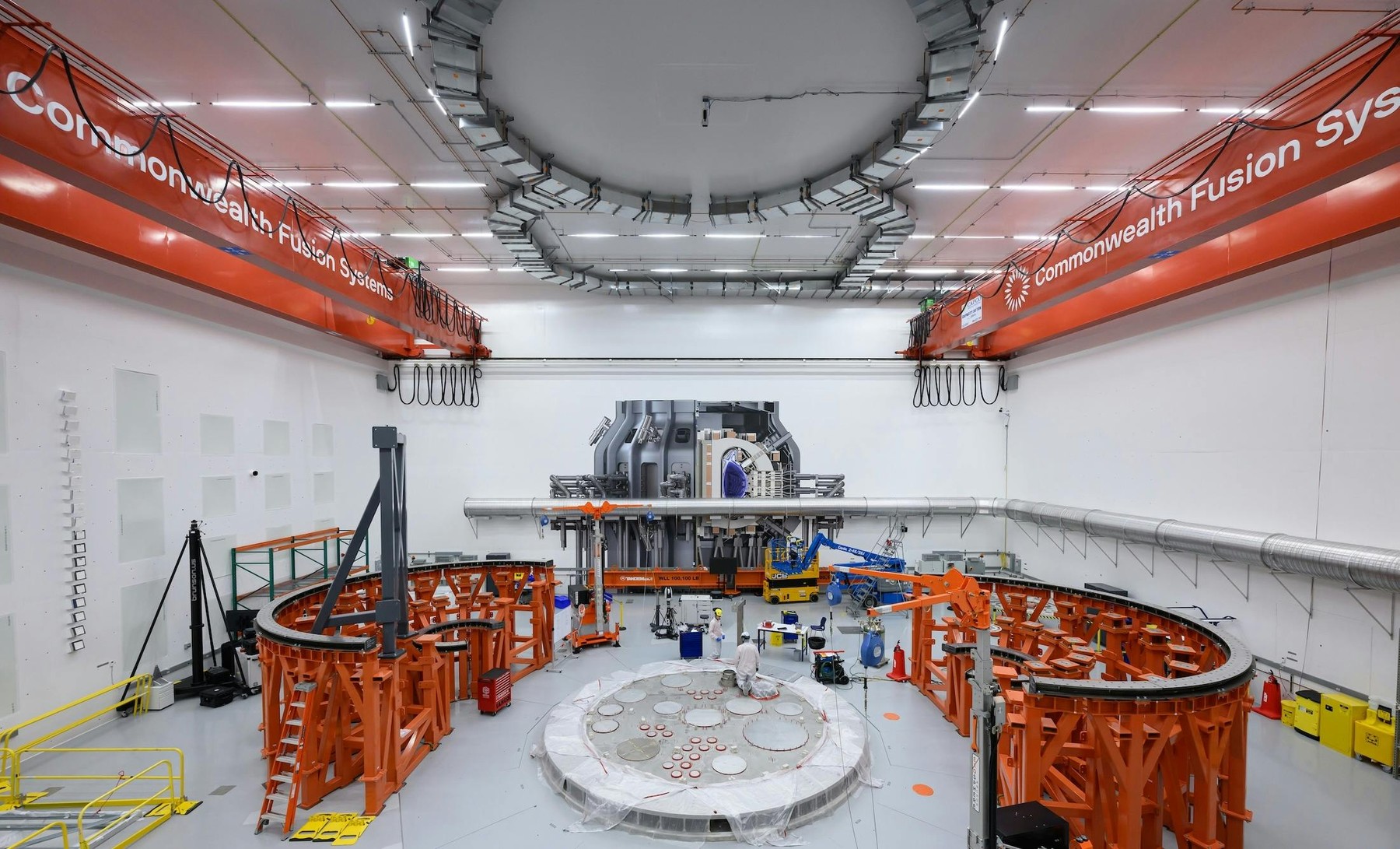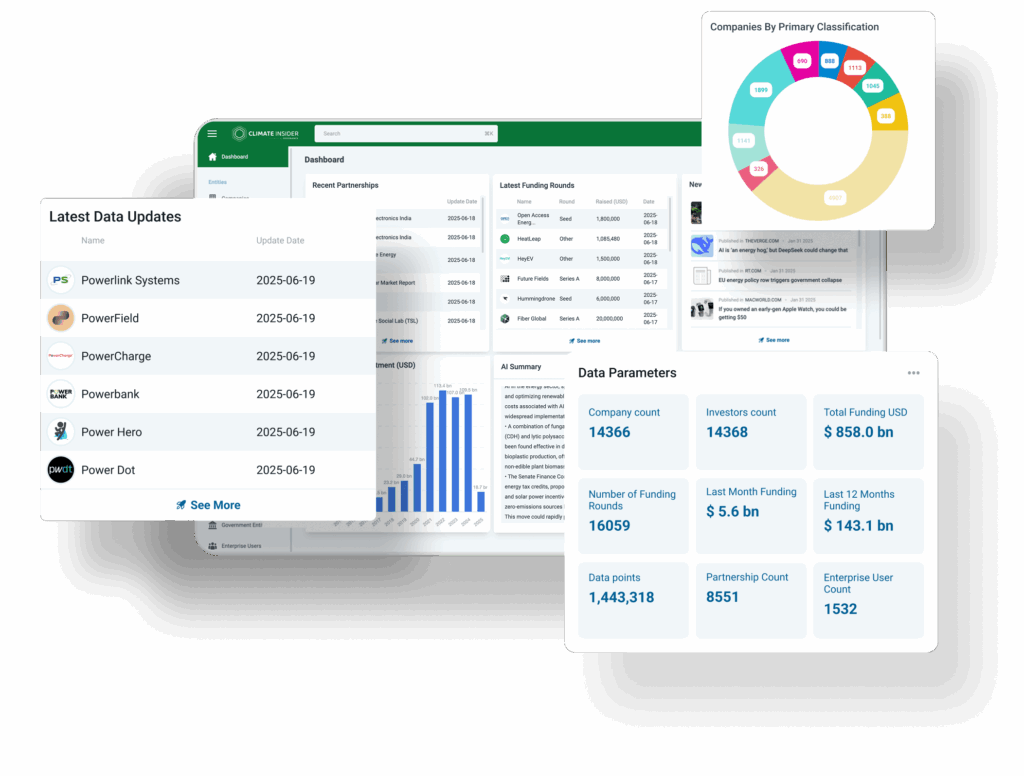Resilience and adaptation-boosting technologies are essential for climate action as they enable communities and ecosystems to withstand and recover from climate-related impacts. These technologies, such as advanced weather forecasting systems and climate-resilient infrastructure, play a crucial role in mitigating the adverse effects of extreme weather events and ensuring sustainable development. This article below discusses highlights from resilience and adaptation related research by researchers at Aarhus University, Drexel University and the Society for Risk Analysis.
Research: Researchers at Aarhus University discovered that zinc plays a crucial role in the nitrogen fixation process of legumes.

Image Credit: Aarhus University
Key Highlights:

Role of Zinc in Nitrogen Fixation: Researchers discovered that zinc plays a crucial role in the nitrogen fixation process of legumes, serving as a secondary signal to integrate environmental factors and regulate nitrogen fixation efficiency.
Transcriptional Regulator FUN: The transcriptional regulator Fixation Under Nitrate (FUN) was identified as a novel zinc sensor that decodes zinc signals in root nodules and regulates nitrogen fixation. FUN is inactivated by zinc into large filament structures and liberated into the active form when zinc levels are low.
Impact on Agriculture: Understanding the roles of zinc and FUN could revolutionise legume-based agriculture by enhancing nitrogen delivery, improving crop yields, and reducing reliance on synthetic fertilisers. This advancement promotes more sustainable agricultural practices and increases crop resilience to extreme weather.
Environmental Benefits: Continued nitrogen fixation could increase nitrogen availability for co-cultivated or future crops, reducing the need for artificial fertilisers and their environmental impact. This research lays the foundation for new farming strategies to optimise nitrogen fixation in legume crops like faba bean, soybean, and cowpea.
Collaborative Research Effort: The study was conducted by researchers from Aarhus University, Denmark, in collaboration with the Polytechnic University of Madrid and the European Synchrotron Radiation Facility in France, and published in Nature.
Research: Researchers at Drexel University have developed detailed hydrologic and hydraulic models to study flooding and combined sewer overflows (CSOs).

Image Credit: phys.org
Key Highlights:
Objective: The research focuses on developing detailed hydrologic and hydraulic models to study flooding and combined sewer overflows (CSOs) in the flood-prone Cramer Hill section of Camden, near the largest CSO point on the East side of the Delaware River.
Methodology: The researchers calibrated their models using historical data and then simulated future flooding and CSO scenarios under changing climate conditions. They also evaluated the effectiveness of different conceptual solutions to address these issues.
Unique Approach: Drexel’s model is an “all-pipes” model, which integrates various geospatial data sets into a single computer model. This allows for comprehensive simulation of stormwater flows through surfaces, catch basins, and pipes in the area.
Validation: The accuracy of the model was validated by comparing its predictions of annual CSO discharge volume to records from the Camden County Municipal Utilities Authority (CCMUA) and by comparing simulated flood patterns to photographs of actual floods taken during storms in the summer of 2021.
Implications: The research aims to support CCMUA in developing multifunctional infrastructure strategies to reduce environmental injustices, odours from wastewater treatment, CSO frequency and pollution, and to enhance flood resilience in Camden’s neighbourhoods.
Research: Research published in the Journal Risk Analysis shows that solar-powered “resilience hubs” in California could generate up to 8GW of power.

Image Credit: PSE Healthy Energy
Key Highlights:
Increasing Power Outages: Climate change is causing more frequent wildfires, heat waves, and severe weather events, leading to a rise in power outages nationwide.
Funding for Resilience Hubs: FEMA and the state of California have established funding to help communities create “resilience hubs” with solar+battery systems for emergency power.
Energy and Emissions Impact: Strategically placing resilience hubs throughout California could generate up to 8 GW of solar energy and lower the state’s carbon emissions by 5 million tons per year.
Community Facilities: Resilience hubs, located in schools, community centers, libraries, and places of worship, provide critical services like phone charging, cool air, and powering medical devices. These hubs offer year-round support to vulnerable and disadvantaged populations.
High Demand: There is significant demand for resilience hubs. In February 2024, California’s Strategic Growth Council awarded 11 grants for resilience hubs, but over 100 communities requested funding.
Potential Sites: Researchers identified nearly 20,000 potential sites for solar+battery powered resilience hubs in California.
System Design and Analysis: The study determined optimal system designs for everyday operations and calculated additional power and equipment needs during different outage scenarios. It integrated socio demographic data to prioritise regions where solar+battery resilience hubs are most needed.
Regional Challenges: Coastal northern California faces resilience challenges in rainy and snowy winters, while the Imperial Valley struggles with summer heat outpacing rooftop solar input.
Energy Needs vs. Solar Potential: Regions with greater energy needs than their solar harvesting potential will require more sites or roof space to provide resilient energy.
Capacity and Accessibility: If grid power is available, resilience hubs can serve an estimated 15.8 million people (about 40% of Californians). However, accessibility to the most vulnerable populations needs further study.
Economic Viability: Solar+battery power for everyday operations is often financially viable, especially in areas with abundant sunshine and high utility rates. Lower utility costs can make solar adoption less economically justified.
SOURCE: EurekAlert!








